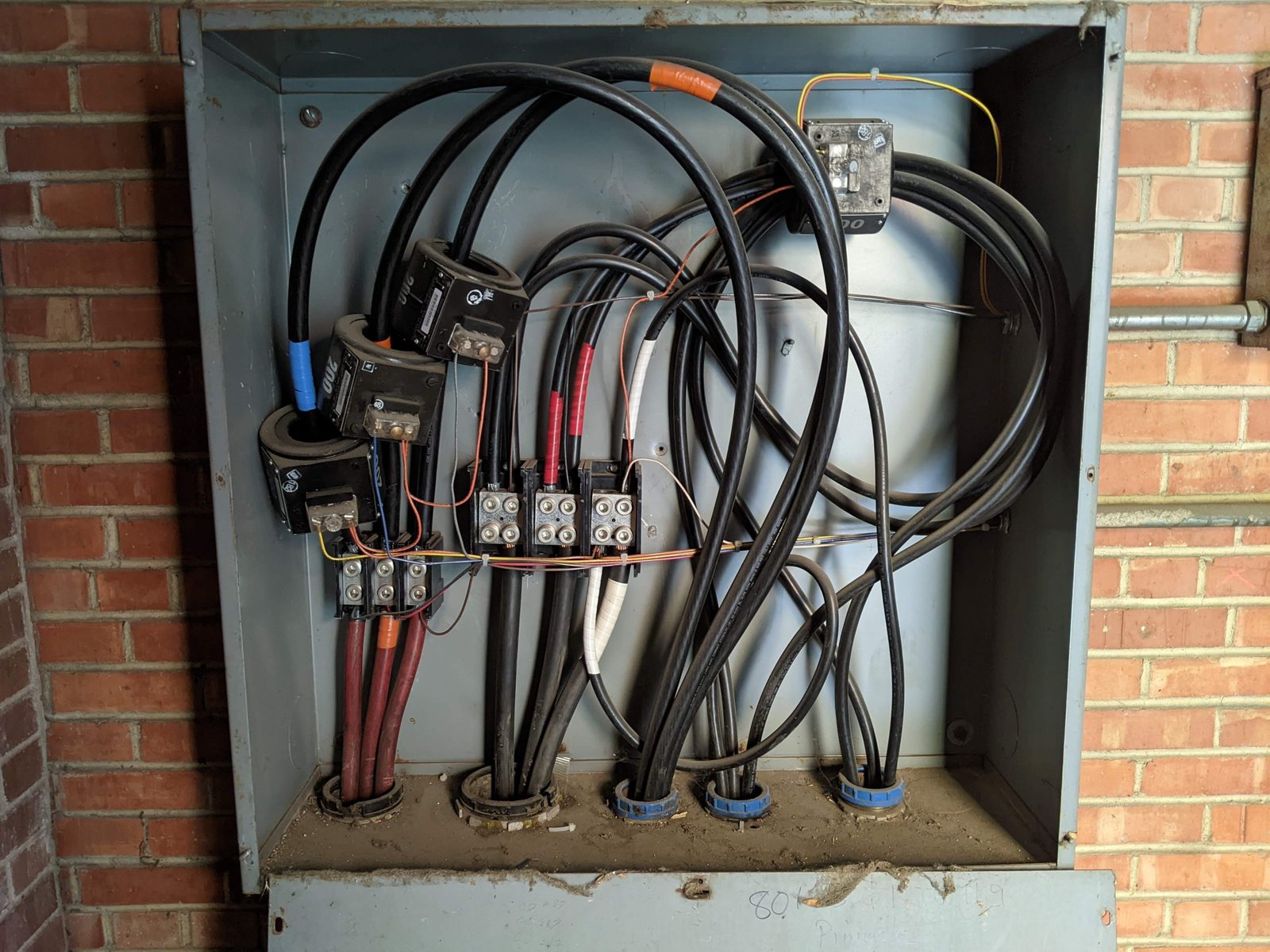Understanding Different Types of Electrical Wiring

Introduction:
Electrical wiring is the intricate network of conductors that deliver electricity throughout our homes, offices, and industrial facilities. Understanding the different types of electrical wiring is essential for homeowners, electricians, and anyone dealing with electrical installations or renovations. Each type of wiring has specific applications and characteristics, making it crucial to choose the right one for your electrical needs. In this blog post, we will explore the various types of electrical wiring commonly used today and their respective advantages and applications.
1. Non-Metallic Sheathed Cable (NM Cable or Romex):
Non-metallic sheathed cable, often referred to as Romex, is one of the most common types of residential wiring. It consists of two or more insulated wires wrapped in a plastic jacket. The most typical Romex types are NM-B and NM-C, with the former used for general residential wiring and the latter for underground installations. NM cables are widely used for lighting fixtures, outlets, and household appliances.
2. Armored Cable (AC, MC, BX Cable):
Armored cable, also known as BX cable, is a flexible metallic sheathed cable. It contains insulated conductors wrapped in a spiral metal sheath, providing protection against physical damage and interference. BX cable is commonly used in commercial settings.
3. Conduit Wiring: (THHN, THWN)
Conduit wiring involves running insulated wires through metal or plastic conduits. This method provides excellent protection for the wires, making it suitable for both residential and commercial applications. Conduit wiring is a preferred choice in areas with high moisture levels or where additional protection against physical damage is necessary.
4. Underground Feeder Cable (UF Cable):
Underground feeder cable, or UF cable, is specifically designed for direct burial applications. It has solid plastic sheathing that provides protection against moisture and is commonly used for outdoor lighting, underground installations, and outdoor outlets.
5. Knob-and-Tube Wiring:
Knob-and-tube wiring was commonly used in older homes built before the 1950s. It consists of ceramic knobs that support wires and ceramic tubes through which wires pass. Due to its lack of grounding and insulation issues, knob-and-tube wiring is no longer used for new installations and often requires replacement in older homes to meet modern safety standards.
6. Service Entrance Cable (SE Cable):
Service entrance cable, or SE cable, is used to deliver electricity from the utility’s power lines to the main electrical panel of a building. It comprises insulated phase conductors and a bare neutral conductor wrapped in an overall protective sheath.
7. Low Voltage Wiring:
Low voltage wiring is used for applications that require low power levels, such as doorbells, thermostats, and security systems. It carries less than 50 volts and poses a lower risk of electrical shock.
Conclusion:
Understanding the different types of electrical wiring is essential for making informed decisions about electrical installations and renovations. Each type of wiring has specific applications and characteristics, and choosing the right one is vital for ensuring safety, efficiency, and compliance with electrical codes and standards. Whether you are a homeowner, electrician, or facility manager, knowing the basics of electrical wiring empowers you to create a secure and reliable electrical system for your home or business. For complex electrical projects, always consult a licensed electrician to ensure that your wiring meets safety standards and provides optimal performance for years to come.

